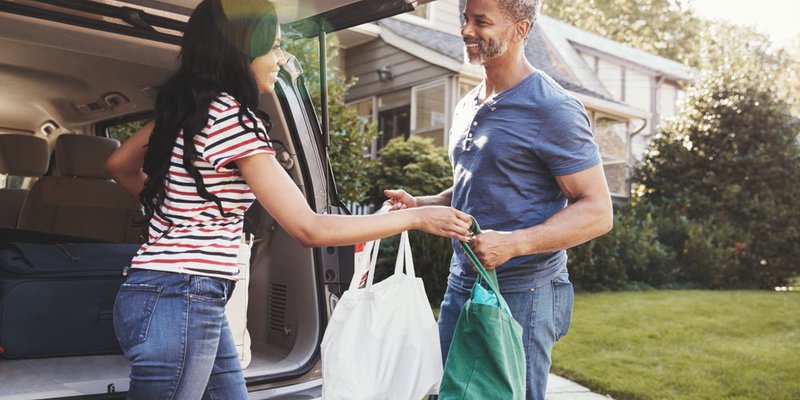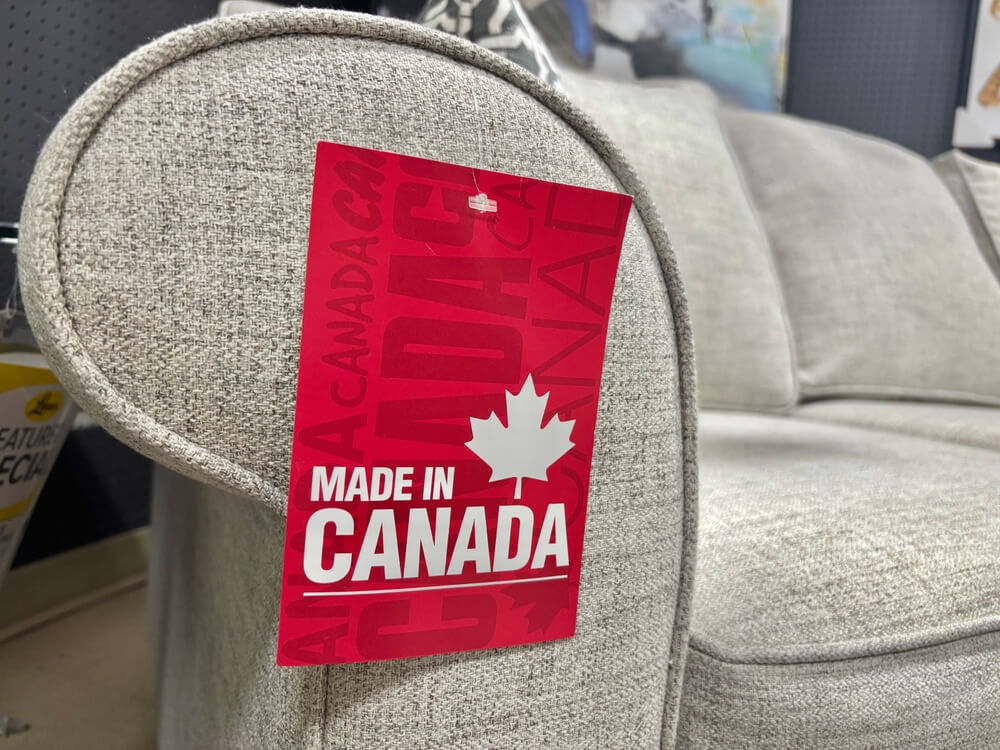
If you are not redirected within 30 seconds, please click here to continue.
Samedi: 10h – 16h HAE

If you are not redirected within 30 seconds, please click here to continue.
If you are not redirected within 30 seconds, please click here to continue.
3 easy-to-use apps that can save you money on groceries in Canada

Table of Contents
Advertiser disclosure: Rates, product information and reward estimates are subject to change at any time and do not constitute financial advice. This post was not sponsored. RATESDOTCA may receive a referral fee from our partners or affiliate links featured on the site; however, our editorial choices are objective and free from bias. Read our full disclaimer.
This article has been updated from a previous version.
Even as inflation has eased and the supply chain shortages seen coming out of the pandemic have largely recovered, the cost of groceries remains high across the country.
The good news is that food price inflation has slowed significantly from the previous year – the latest data from Statistics Canada showed an increase of only 1.4% in the cost of store-bought foods from the previous month (compared to 9.1% a year ago).
However, food prices haven’t actually decreased yet and consumers are still battling the still-high cost of housing in major cities across the city. Meanwhile, lack of competition in the grocery market means that stores don’t have many incentives to lower prices, leaving shoppers high and dry.
With budgets wearing thin, many are turning to grocery apps to find delicious deals and put a few more dollars back in their pockets.
In this article:
Flashfood
The Flashfood app promises to fight high grocery bills while also fighting food waste. Here’s how it works:
- Grocery stores find the items that are approaching their Best Before date, heavily discount them, and list them on the Flashfood app.
- Shoppers browse the map to locate their nearest Flashfood partner store and start putting their shopping lists together on the app.
- Once a shopper sends in an order, the store then collects the items on the list and leaves them for the shopper to pick up.
Sounds easy enough - but what's the catch?
Most of the products on Flashfood are expiring either the day of or within a few days, and some people can be touchy about expiry dates – especially busy families who tend to plan out their shopping trips weeks ahead of time.
However, at the point of purchase, the food is perfectly safe and edible, even if the best before date is approaching (according to Health Canada, the best before date is not an indicator of safety).
That means Flashfood customers can score deals on groceries of up to 50% off and divert food waste from going to the landfill.
According to 2022 stats from the National Zero Waste Council, the average Canadian household wastes roughly 140 kilograms of food per year at the cost of $1,300. Moreover, approximately 63% of the food that is thrown away could have been eaten.
One of the initiatives in the National Zero Waste Council’s report, A Food Loss and Waste Strategy for Canada, is to reduce the confusion around “use by”, “sell by” and “expiry” dates.
The strategy around the Flashfood app is to save this potential food waste, bring savings to the customer and recover costs for the grocers.
Flipp
Flipp App takes extreme couponing into the 21st century. It gathers current deals from over 2,000 stores across North America and allows shoppers to clip coupons and save deals directly to their shopping list on the app.
There’s no risk of a coupon getting lost and forgotten in your wallet – the app shows you all the most current flyers and circulars so there’s no chance of missing out on deal.
Plus, if you add your own items to your shopping list, Flipp will scour their database for relevant sales.
This app is not exclusive to grocery stores. You can find deals for pet items, furniture, electronics, school supplies, clothing and more.
Checkout 51
Rather than saving you a few dollars at point of purchase, Checkout51 allows you to earn cash back on your groceries and other items after the fact.
New offers are revealed every week, and app-users can load the ones most relevant to them to their account. After shopping these deals, you verify your purchase by taking a photo of your receipt to earn money back.
Just make sure to upload your picture before the offers expire the following Wednesday.
The best part about this app is that the offers come directly from your favourite brands, so you can shop at almost any store and save.
You can cash out your savings when you reach a balance of $20.
The app does note some guidelines, though. Here are a few ways you can avoid disappointment:
- Offers are available in limited quantities, so Checkout 51 recommends checking your offers shortly before going shopping to avoid missing out.
- Some offers can be used multiple times up to a claim limit; however, receipts can only be used once.
- Checkout 51 also advises users to read the promotions carefully because cash back is only earned on the exact product listed.
Quickly scrolling through the app, you can see savings anywhere from $0.50 to $4.00 per offer. If you combine deals, you can save even more.
How to score additional savings
Besides these fantastic apps, here are a couple of additional ways to save on groceries.
Browse the coupon wall
Lots of grocery stores have a coupon board at the entrance as well as mailers. Some offers may also be hanging below products on the shelf. These offers are usually simple to use and can be redeemed by handing the paper slip to the cashier. Often overlooked by customers, these flyer deals can be a big money-saver, especially on big grocery hauls.
Loyalty programs
Many grocery stores have loyalty programs that customers can sign up for and earn rewards. Usually, shoppers load their deals on an app before checking out and scan their loyalty card as they pay to collect points, which are later converted to savings on future purchases.
Credit card rewards
Some grocery stores may be associated with a grocery rewards credit card. Cardholders can earn free groceries or merchandise as they shop.
For example, cardholders of the PC Mastercard® can earn and redeem their PC Optimum points at Shoppers Drug Mart, Pharmaprix or Loblaw banner stores including No Frills, Real Canadian Superstore, Independent, Fortinos, Wholesale Club, Zehrs, Loblaws and Valu-mart.
Plenty of rewards credit cards are not associated with a specific store, yet reward users for their grocery purchases. For example, cardholders of the Scotiabank Gold American Express Card can earn Scene+ points at select grocery chains (like Sobeys, FreshCo, Foodland and others), popular restaurant chains, pharmacies and more. The points can then be redeemed for more groceries, travel, and movie tickets. Plus, Scene+ has partnered with Rakuten, which opens the door to exclusive online offers and cash back.
Learn more: How do cashback rewards work on a credit card?
Referrals
For online grocery shoppers, apps may allow you to refer friends in exchange for shopping credits.
For example, Instacart allows users to refer an unlimited number of friends. Each friend who signs up will get up to $40 credit off their first two orders, and you’ll get a $10 credit when their order is delivered.
Plan your shopping list
Sometimes the most effective budgeting tool is the simplest one – a pen and a pad (or your phone’s notepad app). Preparing a shopping list not only saves money by helping you avoid making impulse purchases, but it also curbs food waste, since you’re only buying what you need.
Compare the best credit cards on RATESDOTCA
Find the best credit card for your lifestyle today!
Get money-saving tips in your inbox.
Stay on top of personal finance tips from our money experts!










